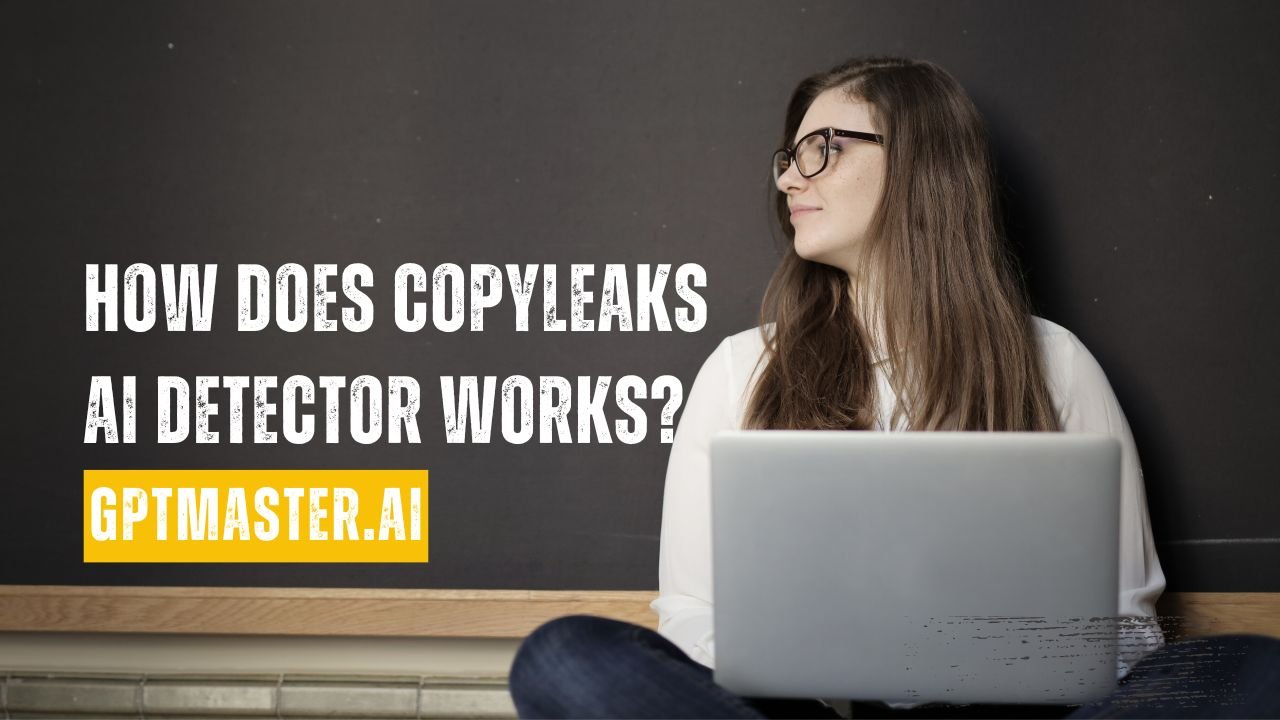In the age of rapidly advancing technology, the boundaries between human-generated and AI-generated content have become increasingly blurred. With the proliferation of AI models like ChatGPT and Gemini, it’s essential to have robust tools in place to distinguish between the two. Enter Copyleaks AI Content Detector – a cutting-edge solution that harnesses the power of advanced AI technology to discern the origin of textual content.
SEE MORE : Is Nova The Same AS ChatGPT?
Decoding the Mechanism
Copyleaks AI Content Detector operates on a foundation built upon the analysis of an extensive repository of textual data collected since 2015. This repository comprises trillions of pages of content sourced from various corners of the internet, including crawled web pages and submissions from numerous academic institutions and enterprises worldwide. By leveraging this vast corpus of human-written text as a benchmark, the system can effectively identify the telltale signs left behind by AI text generators.
Unmatched Accuracy and Precision
One of the hallmarks of Copyleaks AI Content Detector is its exceptional accuracy rate. Boasting an impressive 99.1% overall accuracy, coupled with a remarkably low false positive rate of just 0.2%, the tool sets a high standard for content detection accuracy. This means that the likelihood of mistakenly flagging human-generated content as AI-generated is virtually negligible. Even in cases where AI-generated text is interspersed with human-written content, Copyleaks’ system maintains its efficacy, ensuring comprehensive coverage across diverse content types.
Multilingual Capabilities
In today’s globalized world, linguistic diversity is paramount. Recognizing this, Copyleaks AI Content Detector supports over 30 languages, making it one of the most versatile tools available in terms of language coverage. Moreover, it distinguishes text at the sentence level, enabling users to discern between human and AI-generated sentences within the same paragraph. This granular approach provides users with invaluable insights into the composition of textual content, facilitating more informed decision-making.
Expanding Horizons: AI-Generated Source Code Detection
Beyond textual content, Copyleaks has extended its detection capabilities to include AI-generated source code. This feature addresses the growing need to authenticate the originality and integrity of software code, particularly as AI tools become increasingly adept at generating complex code structures. By incorporating AI-generated source code detection, Copyleaks reaffirms its commitment to staying at the forefront of content verification technology.
MUST READ : Is Nova AI Chatbot Free?
Upholding Security and Privacy Standards
In an era where data privacy and security are paramount concerns, Copyleaks places a premium on safeguarding user data. The platform adheres to GDPR compliance standards and holds SOC 2 and SOC 3 certifications, underscoring its commitment to stringent security protocols. Additionally, military-grade 256-bit encryption is employed to protect the confidentiality and integrity of the data processed by Copyleaks’ services, ensuring peace of mind for users.
Empowering Content Verification
The efficacy of Copyleaks’ AI Content Detector underscores its pivotal role in addressing the challenges posed by the proliferation of AI-generated content. By providing a reliable means of distinguishing between human and AI-generated content, Copyleaks facilitates the maintenance of academic integrity, safeguards intellectual property rights, and promotes the responsible adoption of generative AI technologies across various sectors. As technology continues to evolve, Copyleaks remains at the forefront of empowering users with the tools they need to navigate the ever-changing landscape of digital content.
In essence, Copyleaks AI Content Detector stands as a beacon of innovation, illuminating the path towards a future where the integrity of textual content remains unassailable amidst the rise of AI-driven creativity.

